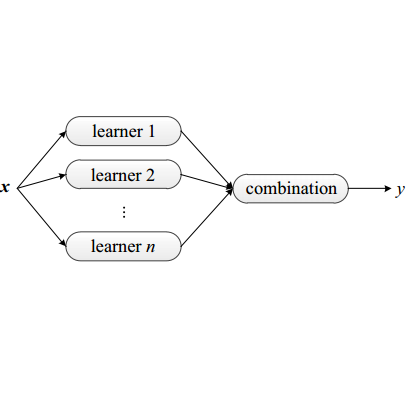Ensemble learning methods are designed to benefit from multiple learning algorithms for better predictive performance. The tradeoff of this improved performance is slower speed and larger size of ensemble learning systems compared to single learning systems. In this paper, we present a novel approach to deal with this problem in Random Forest (RF) as one of the most powerful ensemble methods. The method is based on crossbreeding of the best tree branches to increase the performance of RF in space and speed while keeping the performance in the classification measures. The proposed approach has been tested on a group of synthetic and real datasets and compared to the standard RF approach. Several evaluations have been conducted to determine the effects of the Crossbred RF (CRF) on the accuracy and the number of trees in a forest. The results show better performance of CRF compared to RF.
翻译:综合学习方法旨在从多种学习算法中获益,以便提高预测性能;与单一学习系统相比,这一改进的绩效的权衡是慢速和整体学习系统规模较大;在本文件中,我们提出了在随机森林(RF)处理这一问题的新办法,作为最有力的混合方法之一;该方法基于最佳树枝的交叉组合,以提高RF在空间和速度方面的性能,同时保持分类措施的性能;与标准的RF方法相比,在一组合成和真实数据集上对拟议方法进行了测试;为确定交叉式RF(CRF)对森林树木的精度和数量的影响进行了若干评价;结果显示,与RF相比,通用报告格式的性能较好。



